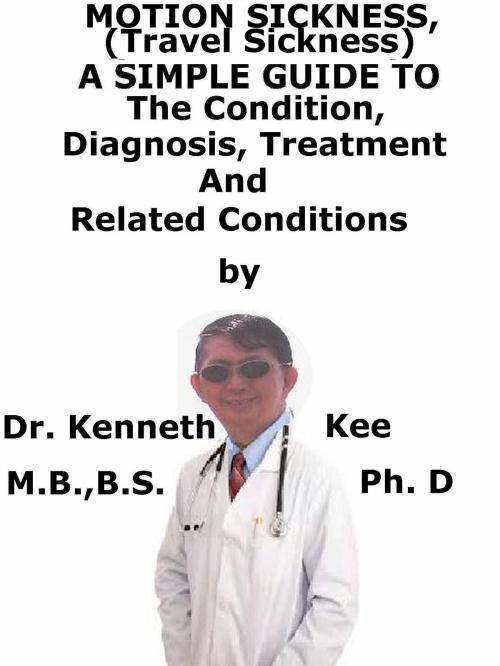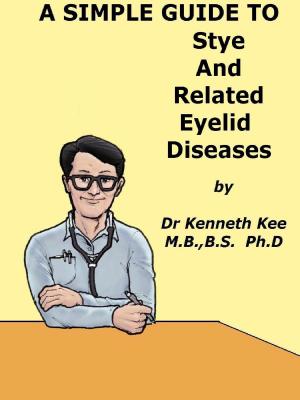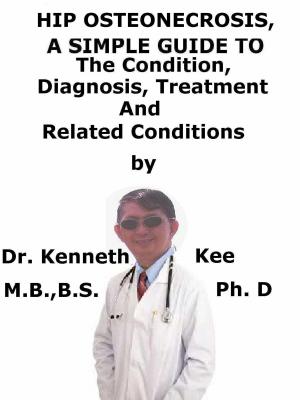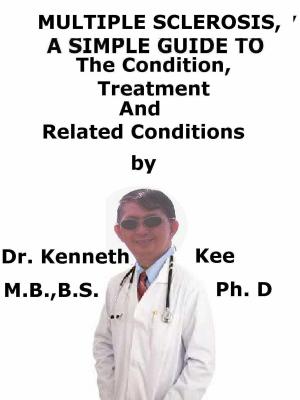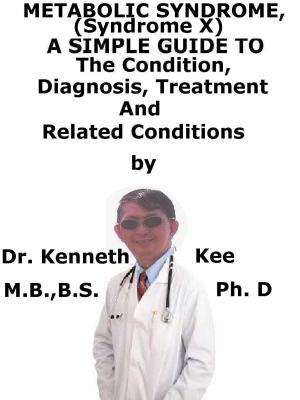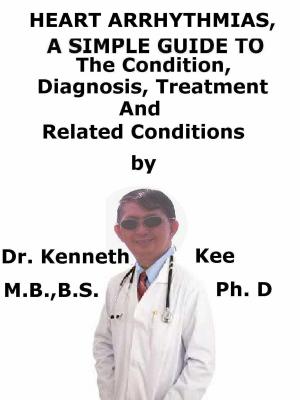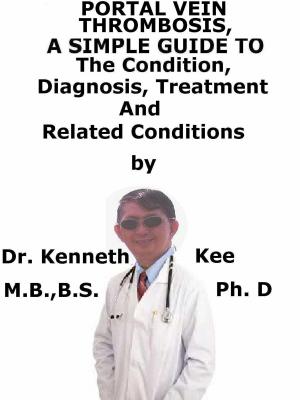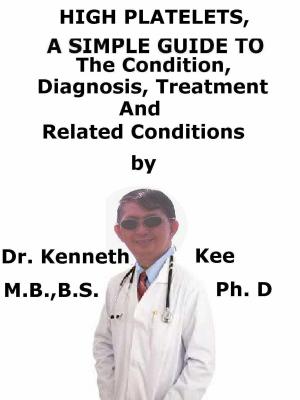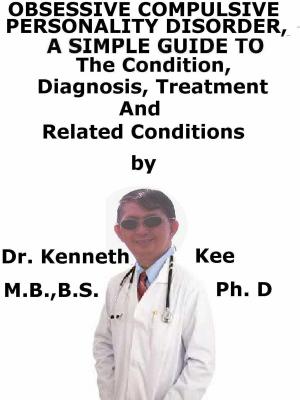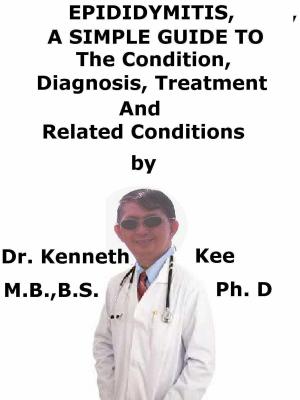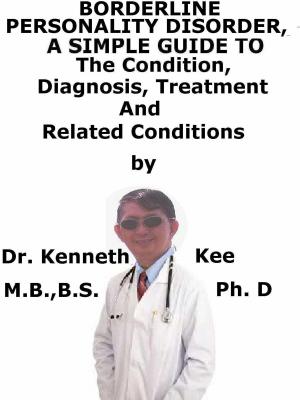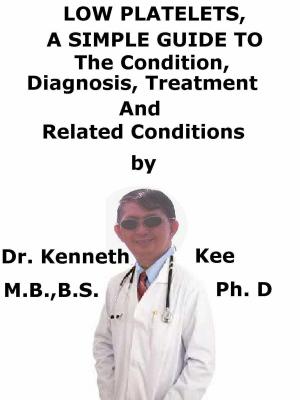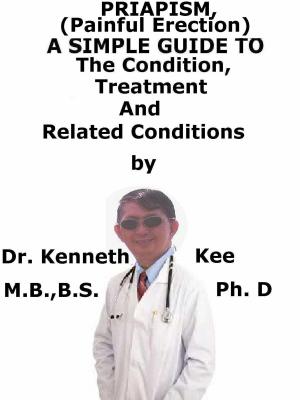Motion Sickness, (Travel Sickness) A Simple Guide To The Condition, Diagnosis, Treatment And Related Conditions
Nonfiction, Health & Well Being, Medical, Specialties, Otorhinolaryngology, Health, Ailments & Diseases, Nervous System & the Brain| Author: | Kenneth Kee | ISBN: | 9781370001798 |
| Publisher: | Kenneth Kee | Publication: | May 15, 2017 |
| Imprint: | Smashwords Edition | Language: | English |
| Author: | Kenneth Kee |
| ISBN: | 9781370001798 |
| Publisher: | Kenneth Kee |
| Publication: | May 15, 2017 |
| Imprint: | Smashwords Edition |
| Language: | English |
Recently I have some patients who went on a tour of Malaysia coming back with very bad symptoms of motion sickness such as giddiness and vomiting.
Any patient who has ever been sick to the stomach on a rocking boat or a bumpy airplane ride will know the discomfort of motion sickness.
It does not produce long-term problems but it can make the life miserable, especially if the patient travels a lot.
Women, older adults and children from 5 to 12 years old have motion sickness more than others.
It is not frequent in children younger than 2 years.
Motion sickness is occasionally called airsickness, seasickness, or carsickness.
Motion sickness is a frequent problem in people traveling by car, train, airplanes, and particularly boats.
Anyone can get it, but it is more frequent in children, pregnant women, and people taking certain medicines.
Motion sickness can begin suddenly, with a queasy feeling and cold sweats.
It can then result in dizziness and nausea and vomiting.
The brain senses movement by getting signals from the inner ears, eyes, muscles, and joints.
When it gets signals that do not match, the patient can get motion sickness.
When the patient is reading on the phone while riding a bus, the eyes are focused on something that is not moving, but the inner ear senses motion.
The inner ear balance mechanisms sense different signals to those that the eyes are seeing which then transmits to the brain mixed, confusing messages.
This then produces the symptom of feeling sick (nausea).
Other symptoms the patient may have are sweating, drooling saliva, headaches, feeling cold and going pale.
Motion sickness can also be stimulated by anxiety or strong smells, such as food or petrol.
Occasionally trying to read a book or a map can trigger motion sickness.
In both children and adults, playing computer games can occasionally induce motion sickness.
It is not known why some people develop motion sickness more than others.
Symptoms can occur in cars, trains, planes and boats and on fairground rides, etc.
Symptoms normally go when the journey is over; however, not always.
In some people they persist a few hours, or even days, after the journey ends.
The site that the patient sits can make a difference.
These locations are best for preventing motion sickness:
1. The front seat of a car,
2. Forward cars of a train,
3. Upper deck on a boat or
4. Wing seats in a plane
Looking out into the distance rather than trying to read or look at something in the vehicle can also help.
Motion sickness can cause:
1. A general feeling that the patient is ill.
2. Nausea.
3. Vomiting.
4. Headache.
5. Sweating.
Symptoms will normally disappear soon after the motion ceases.
Where there is a motion stimulus the diagnosis comes easily.
In abnormal cases, central nervous causes of vertigo may need to be ruled out.
A pregnancy test is likely to be the most useful additional lab study to exclude hyper-emesis gravidum.
Treatment:
There are several medicines present which can decrease or deter the symptoms of motion sickness.
They work by interrupting with the nerve signals sent.
Although they are best taken before the journey, they still may help even if the patient takes them after symptoms have begun.
1. Scopolamine, which comes as a patch the patient put behind the ear.
2. Medicines called antiemetics, which reduce nausea such as ondansetron (Zofran) and prochlorperazine (Compazine).
3. Certain antihistamines, such as dimenhydrinate (Dramamine) and meclizine (Antivert, Bonine).
Other methods:
1. Eat a few dry soda crackers.
2. Sip on clear, fizzy drinks such as ginger ale.
3. Get some fresh air.
4. Lie down or at least keep the head still
TABLE OF CONTENT
Introduction
Chapter 1 Motion Sickness
Chapter 2 Causes
Chapter 3 Symptoms
Chapter 4 Diagnosis
Chapter 5 Treatment
Chapter 6 Prognosis
Chapter 7 Dizziness
Chapter 8 Vertigo
Epilogue
Recently I have some patients who went on a tour of Malaysia coming back with very bad symptoms of motion sickness such as giddiness and vomiting.
Any patient who has ever been sick to the stomach on a rocking boat or a bumpy airplane ride will know the discomfort of motion sickness.
It does not produce long-term problems but it can make the life miserable, especially if the patient travels a lot.
Women, older adults and children from 5 to 12 years old have motion sickness more than others.
It is not frequent in children younger than 2 years.
Motion sickness is occasionally called airsickness, seasickness, or carsickness.
Motion sickness is a frequent problem in people traveling by car, train, airplanes, and particularly boats.
Anyone can get it, but it is more frequent in children, pregnant women, and people taking certain medicines.
Motion sickness can begin suddenly, with a queasy feeling and cold sweats.
It can then result in dizziness and nausea and vomiting.
The brain senses movement by getting signals from the inner ears, eyes, muscles, and joints.
When it gets signals that do not match, the patient can get motion sickness.
When the patient is reading on the phone while riding a bus, the eyes are focused on something that is not moving, but the inner ear senses motion.
The inner ear balance mechanisms sense different signals to those that the eyes are seeing which then transmits to the brain mixed, confusing messages.
This then produces the symptom of feeling sick (nausea).
Other symptoms the patient may have are sweating, drooling saliva, headaches, feeling cold and going pale.
Motion sickness can also be stimulated by anxiety or strong smells, such as food or petrol.
Occasionally trying to read a book or a map can trigger motion sickness.
In both children and adults, playing computer games can occasionally induce motion sickness.
It is not known why some people develop motion sickness more than others.
Symptoms can occur in cars, trains, planes and boats and on fairground rides, etc.
Symptoms normally go when the journey is over; however, not always.
In some people they persist a few hours, or even days, after the journey ends.
The site that the patient sits can make a difference.
These locations are best for preventing motion sickness:
1. The front seat of a car,
2. Forward cars of a train,
3. Upper deck on a boat or
4. Wing seats in a plane
Looking out into the distance rather than trying to read or look at something in the vehicle can also help.
Motion sickness can cause:
1. A general feeling that the patient is ill.
2. Nausea.
3. Vomiting.
4. Headache.
5. Sweating.
Symptoms will normally disappear soon after the motion ceases.
Where there is a motion stimulus the diagnosis comes easily.
In abnormal cases, central nervous causes of vertigo may need to be ruled out.
A pregnancy test is likely to be the most useful additional lab study to exclude hyper-emesis gravidum.
Treatment:
There are several medicines present which can decrease or deter the symptoms of motion sickness.
They work by interrupting with the nerve signals sent.
Although they are best taken before the journey, they still may help even if the patient takes them after symptoms have begun.
1. Scopolamine, which comes as a patch the patient put behind the ear.
2. Medicines called antiemetics, which reduce nausea such as ondansetron (Zofran) and prochlorperazine (Compazine).
3. Certain antihistamines, such as dimenhydrinate (Dramamine) and meclizine (Antivert, Bonine).
Other methods:
1. Eat a few dry soda crackers.
2. Sip on clear, fizzy drinks such as ginger ale.
3. Get some fresh air.
4. Lie down or at least keep the head still
TABLE OF CONTENT
Introduction
Chapter 1 Motion Sickness
Chapter 2 Causes
Chapter 3 Symptoms
Chapter 4 Diagnosis
Chapter 5 Treatment
Chapter 6 Prognosis
Chapter 7 Dizziness
Chapter 8 Vertigo
Epilogue
